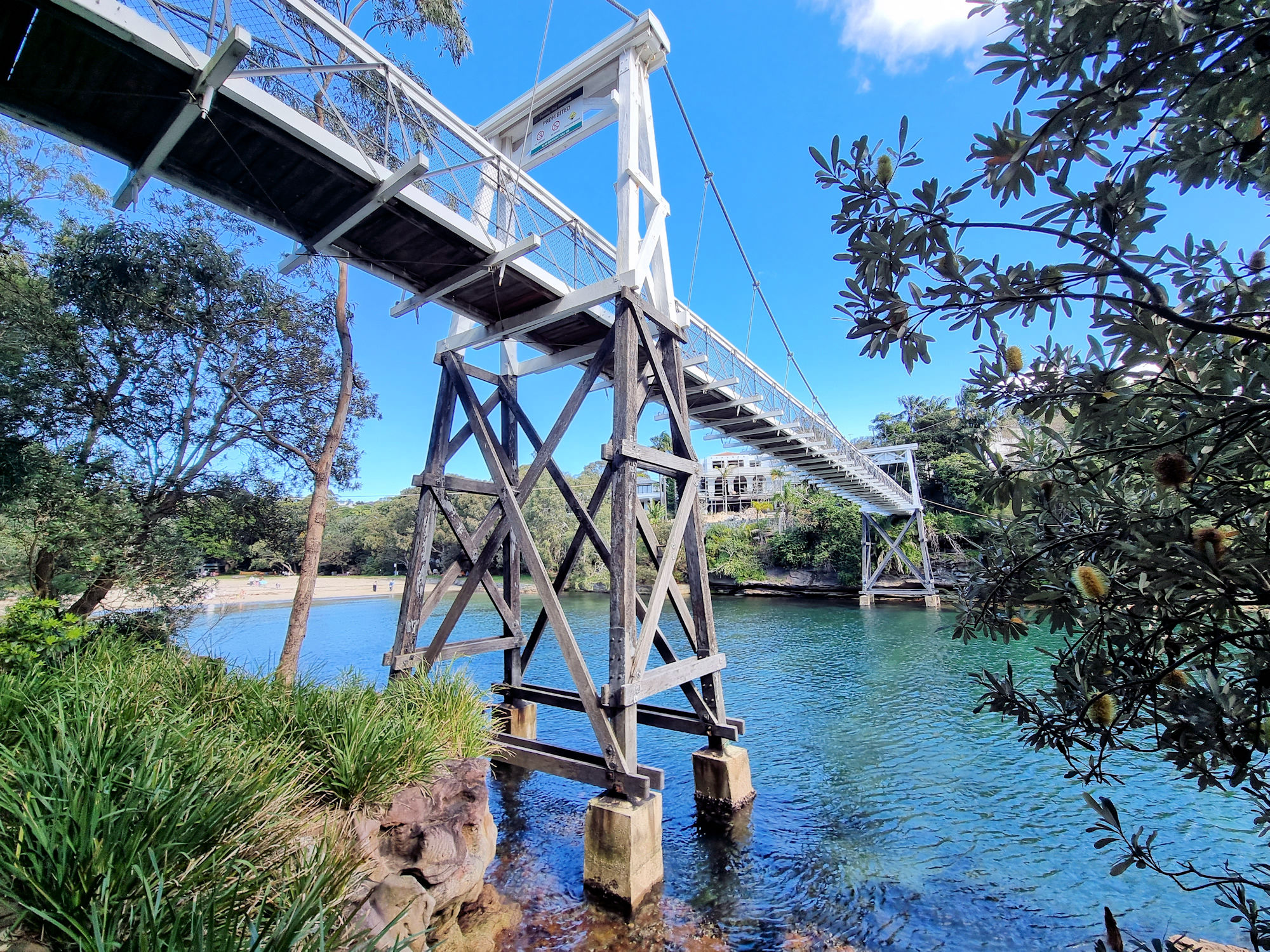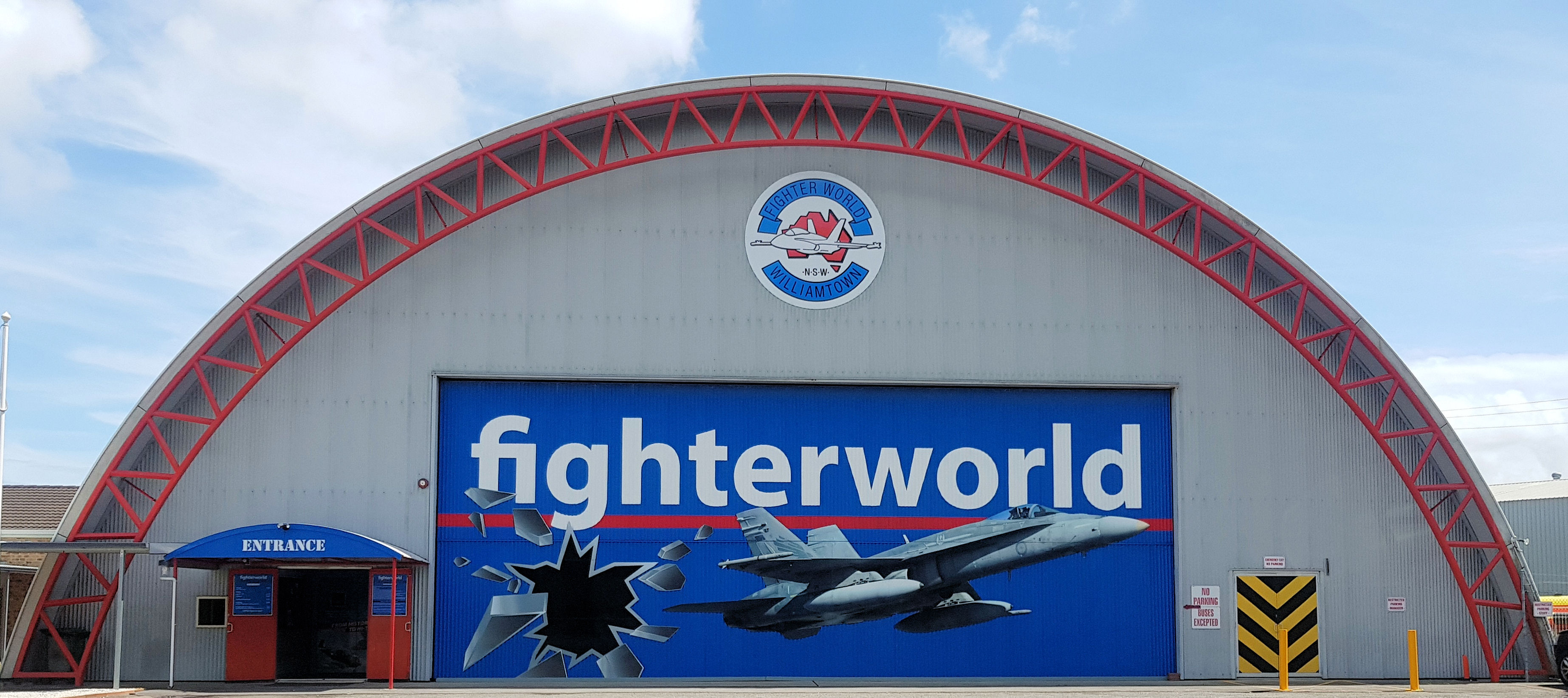Category: New South Wales
-
Parsley Bay Bridge and Beach

Parsley Bay Bridge Constructed in 1910, the cable suspension bridge over Parsley Bay connects both sides of the inlet while providing a great view of the beach and Sydney Harbour. Although originally built for practical reasons, it is now an attraction in itself, in addition to the lovely beach it overlooks. Getting There We walked… Read more
-
Hermitage Foreshore Walk Sydney Harbour
Hermitage Foreshore Walk at Vaucluse on Sydney Harbour Running from Hermitage Reserve to Nielson Park, the Hermitage Foreshore Walk is a great way to take in Sydney Harbour and views to the city. In addition, you pass several historical houses, which are worth a visit if opened. How to Get There We walked from Vaucluse… Read more
-
Fighter World Williamtown NSW

Fighter World Williamtown Aviation Heritage Getting to Fighter World Fighter World located adjacent to the Williamtown RAAF base has an excellent display of jet fighters operated by the RAAF. Fighter world is very easy to find due to its location and parking is easy, because the museum has its own large car park. The Collection… Read more